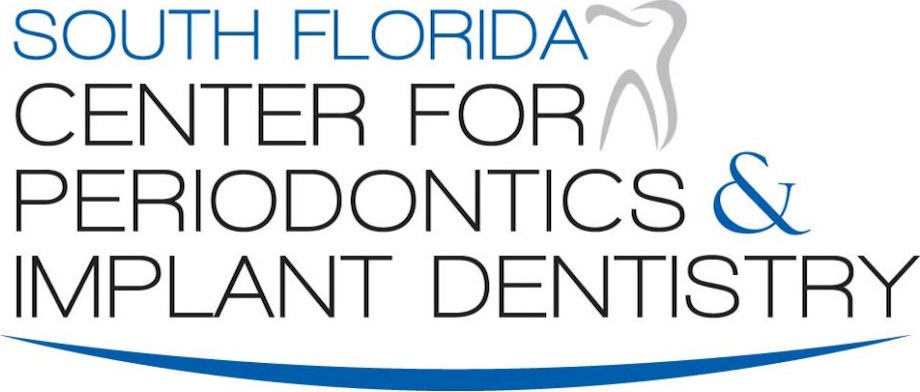Periodontal and Implant Regeneration
We can often use procedures to regenerate bone loss around teeth and close “pockets” in the gum. Without sufficient bone for dental implants to attach to, they face complications that can cause them to fall out. A variety of procedures promote the regeneration of bone density in order to support long-term replacement solutions.
Case Study #1:
View Full Case StudyChief Complaint: The patient had dental implants placed about 10 years ago and recently noted bleeding and pus coming out of her gums around the upper-right implants.
Treatment Received: This is a condition called peri-implantitis, an inflammation and infection around the existing implants. If not managed, this condition leads to bone loss (see red arrow) and potential tooth loss. A minimally invasive, laser-assisted peri-implant treatment (LAPIP®) was done to save her implants. The procedure was done under local anesthesia, without surgery or stitches and with virtually no pain experienced or recovery time required. Six months after the therapy her radiographs show that significant bone regeneration was achieved with complete coverage of the implant threads with new bone (see blue arrow), reversing the infection and saving her implants.
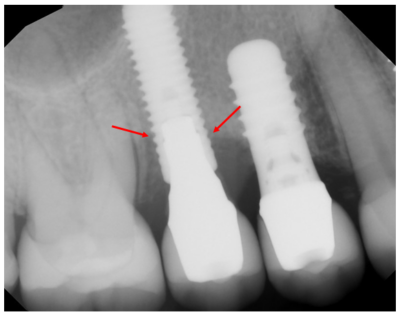

Before Treatment

After Treatment

Case Study #2: Carl
View Full Case StudyChief Complaint: Carl had implants placed in the 1990s but recently was noted to have bleeding and bone loss around the last one.
Treatment Received: Since he was taking anticoagulants, we decided to do minimally invasive, laser assisted peri-implant treatment (LAPIP®), which did not require altering any of Carl’s medications. He achieved significant bone regeneration (4 threads) after one treatment and had virtually no pain or recovery time. The radiograph taken 1 year later shows a significant amount of bone regeneration.
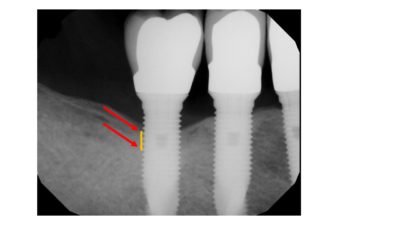
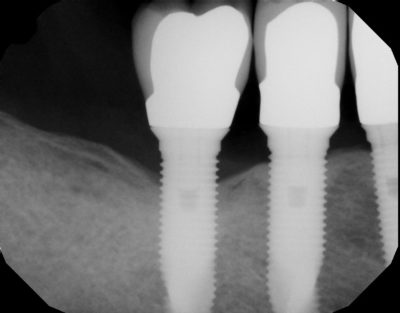
Before Treatment

After Treatment

Case Study #3: Tonya
View Full Case StudyChief Complaint: Tonya had a recurrent periodontal pocket and bone loss on her lower first molar with many previous attempts at treatment.
Treatment Received: After considering many options, we decided to do minimally invasive, laser assisted treatment (LANAP®)). There was virtually no pain or recovery time and the radiograph taken 1 year later shows nearly complete regeneration of the bone support.

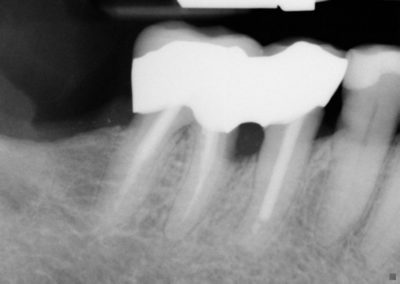
Before Treatment

After Treatment

